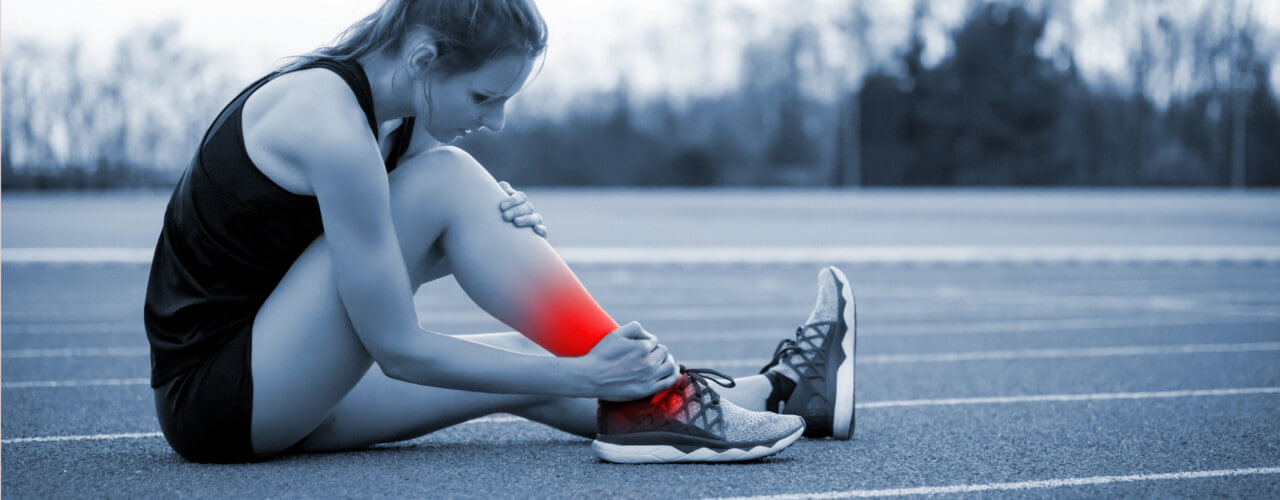General Disease
- Air/ Gas Embolism
- Compartment Syndrome/ Post Fasciotomy
- Acute Anaemia, Exceptional Blood Loss Anameia
- Cyanide Poisoning
- Decompression Sickness
- Addiction and Substance Recovery
- Central retinal artery occlusion
- Conductive Hearing Loss (CHL)/ Sensorineural Hearing Loss (SNHL)
- Crohns’s/ Colitis
- Glaucoma
- AIDS/ HIV
- Meniere’s Disease
- Near Drowning
- Periodontal Disease
- Sports Injury
HBOT For Sports Injury
Sports injuries occur during exercise or while participating in a sport. Children are particularly at risk for these types of injuries, but adults can get them, too. You’re at risk for sports injuries if you:
- haven’t been regularly active.
- don’t warm up properly before exercise.
- play contact sports.
- Sprains. Overstretching or tearing the ligaments (fibrous connective tissue which attaches bone to bone) results in a sprain.
- Strains. Overstretching or tearing muscles or tendons results in a sprain. Tendons are thick, fibrous cords of tissue that connect bone to muscle and serve to move the bone.
- Knee injuries. Any injury that interferes with how the knee joint moves could be a sports injury.
- Swollen muscles. Swelling is a natural reaction to an injury.
- Achilles tendon rupture. The Achilles tendon is a thin, powerful tendon at the back of your ankle. During sports, this tendon can break or rupture. When it does, you may experience sudden, severe pain and difficulty walking.
- Fractures. Bone fractures are also known as broken bones.
- Dislocations. Sports injuries may dislocate a bone in your body. When that happens, a bone is forced out of its socket. This can be painful and lead to swelling and weakness.
Hyperbaric oxygen therapy may help athletes at all skill levels heal more quickly and get back to their favourite pursuit. Many sports injuries involve strains and sprains, which naturally cause swelling and edema (accumulation of excess fluid in connective tissue). These natural reactions to injury compress blood vessels and restrict the vital flow of oxygen-carrying plasma and red blood cells to the injury site. Cells and tissues surrounding the injury site become starved for oxygen, which impedes healing. In extreme cases, cell and tissue death can occur. The healing of a sports injury has its natural recovery and follows a fairly constant pattern irrespective of the underlying cause. Three phases have been identified in this process: the inflammatory phase, the proliferative phase, and the remodelling phase. Oxygen has an important role in each of these phases. In the inflammatory phase, the hypoxia-induced factor-1a, which promotes, for example, the glycolytic system (breakdown of glucose), vascularization, and angiogenesis, has been shown to be important. However, if the oxygen supply could be controlled without promoting blood flow, the blood vessel permeability could be controlled to reduce swelling and consequently sharp pain. In the proliferative phase, in musculoskeletal tissues (except cartilage), the oxygen supply to the injured area is gradually raised and is essential for the synthesis of extracellular matrix components such as fibronectin and proteoglycan. In the remodelling phase, the tissue is slowly replaced over many hours using the oxygen supply provided by the blood vessel already built into the organization of the musculoskeletal system, with the exception of the cartilage. The application of HBOT for the treatment of sports injuries has recently been suggested in the scientific literature as a modality of therapy either as a primary or adjunct treatment. Although results have proven to be promising in terms of using HBOT as a treatment modality in sports-related injuries, these studies have been limited due to the small sample size, lack of blinding and randomization problems. HBOT seems to be promising in the recovery of injuries for high-performance athletes. Recovery after exercise (acute fatigue and delayed fatigue): Accelerates recovery after a competitive effort, enabling an athlete to be in a better position for the next competition. Chronic and subacute fatigue syndrome: Recovery athletes' chronic fatigue results in increased blood perfusion in the central nervous system, acting on neuro-transmitters and elasticity recovery of red blood cells.

